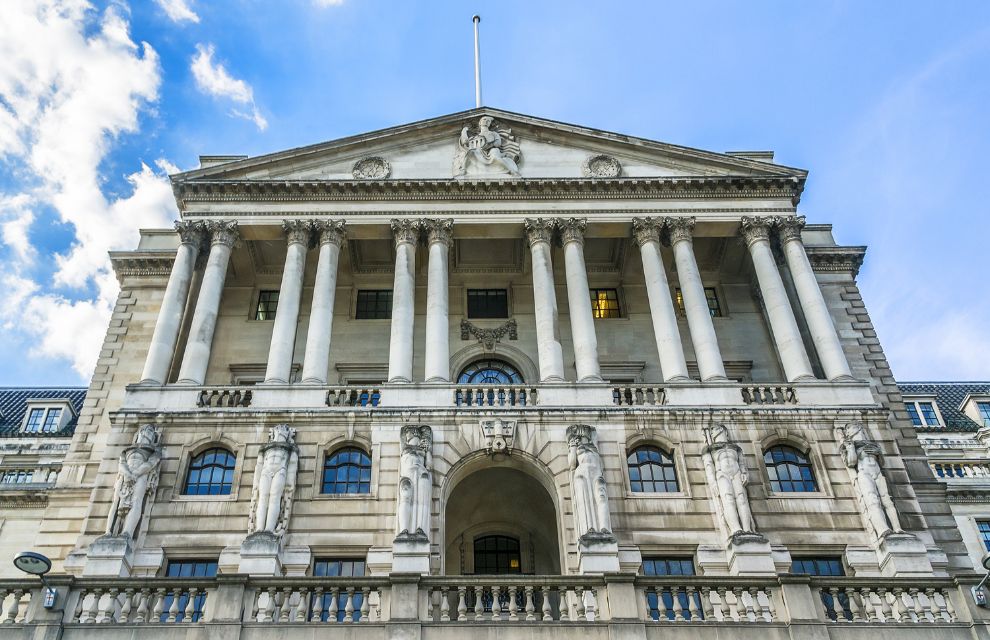BoE to shift to repo-led portfolio for ‘steady state’ vision
24 July 2024 UK
 Image: dbrnjhrj/stock.adobe.com
Image: dbrnjhrj/stock.adobe.com
The Bank of England (BoE) has outlined a shift away from large-scale government bond buying to a system where liquidity is managed through repo operations.
The new BoE executive director for markets, Victoria Saporta, announced the move in a speech at the Association for Financial Markets in Europe (AFME) conference.
Saporta emphasised the critical role of the short-term repo (STR) facility, launched just after the UK government gilt crisis, in controlling interest rates as the bank winds down its bond purchases.
She indicated that there needs to be complementary operations to the STR
facility to reach “our steady state vision of a demand-driven framework that supplies
enough reserves to meet system-wide demand but no more”.
The “steady state” refers to after the BoE has finished unwinding its monetary policy operations.
During the speech, Saporta explained that this should be completed through a repo-led portfolio rather than a gilt-led portfolio and that there is already a facility in place to complement STR, the long-term repo (ILTR) facility.
The ILTR is BoE’s regular market-wide sterling operation and forms part of the bank’s broader liquidity insurance framework.
Financial institutions will need to ensure they have access to the BoE’s repo facilities and have pre-positioned sufficient collateral.
She said: "The transition to the steady state is happening, the point we will no longer have excess reserves is in sight, and it’s important that we and you get ready.”
Saporta concluded her speech by outlining how BoE will step up its engagement with market participants, offering sessions to explain the workings of these facilities and seek feedback through a forthcoming discussion paper.
The new BoE executive director for markets, Victoria Saporta, announced the move in a speech at the Association for Financial Markets in Europe (AFME) conference.
Saporta emphasised the critical role of the short-term repo (STR) facility, launched just after the UK government gilt crisis, in controlling interest rates as the bank winds down its bond purchases.
She indicated that there needs to be complementary operations to the STR
facility to reach “our steady state vision of a demand-driven framework that supplies
enough reserves to meet system-wide demand but no more”.
The “steady state” refers to after the BoE has finished unwinding its monetary policy operations.
During the speech, Saporta explained that this should be completed through a repo-led portfolio rather than a gilt-led portfolio and that there is already a facility in place to complement STR, the long-term repo (ILTR) facility.
The ILTR is BoE’s regular market-wide sterling operation and forms part of the bank’s broader liquidity insurance framework.
Financial institutions will need to ensure they have access to the BoE’s repo facilities and have pre-positioned sufficient collateral.
She said: "The transition to the steady state is happening, the point we will no longer have excess reserves is in sight, and it’s important that we and you get ready.”
Saporta concluded her speech by outlining how BoE will step up its engagement with market participants, offering sessions to explain the workings of these facilities and seek feedback through a forthcoming discussion paper.
NO FEE, NO RISK
100% ON RETURNS If you invest in only one securities finance news source this year, make sure it is your free subscription to Securities Finance Times
100% ON RETURNS If you invest in only one securities finance news source this year, make sure it is your free subscription to Securities Finance Times



